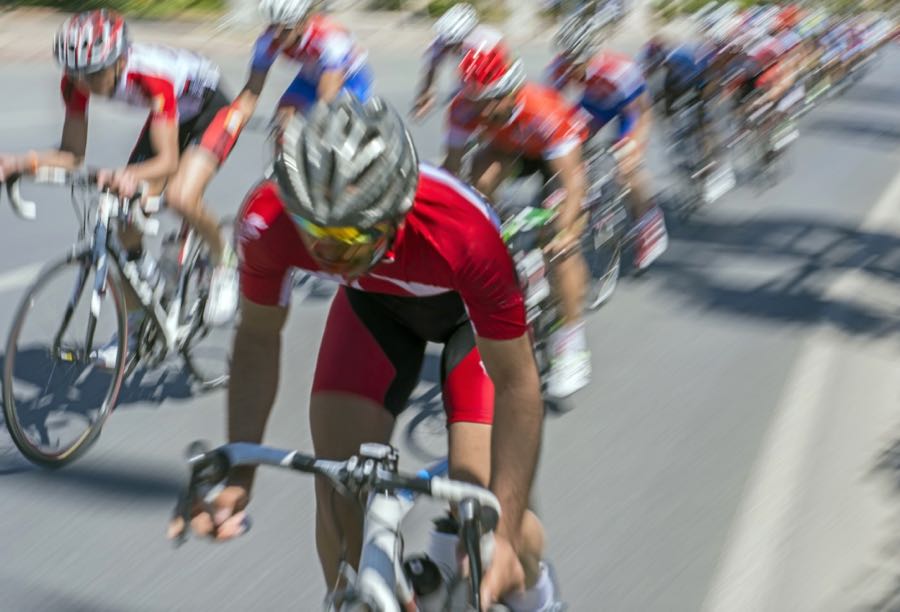Welcome to the Bikerumor First Aid Series, where we’ll explore common cycling injuries and what to do if you or your riding partner wreck. In this installment, we look at the five most common chronic cycling injuries. Followup stories will provide in depth solutions to help you get back on the road, recommended first aid equipment to carry with you, and more. If you have specific questions, leave them in the comments and we’ll answer those in future articles.
As many as 80% of all cyclists will incur some form of chronic injury. Divided into two categories they are classified as either intrinsic or extrinsic. Intrinsic maladies are attributed to the rider. You may have had bad knees long before swinging a leg over a bike. An extrinsic condition is caused by environmental factors. You earned your bad knees by way of poorly adjusted pedal cleats.
For this installment of our First Aid series, I researched five nagging pains and how to best avoid them. Keep in mind, I’m no doctor, nor do I play one on TV.
Saddle Sores
Many people associate tender sit bones with saddle sores, but the real deal is much worse. Saddle sores vary, butt they are all skin ailments. The most common is an infected hair follicle. Some are literally abrasions to the dermal layers caused by friction with the saddle, or more directly, the pad in your shorts. The third type evokes one of the worst words in the English language and is effectively a boil.
Several things contribute to saddle sores. Prolonged time on the bike tops the list. Poor hygiene is a contributor, but so, too, is improper bike fit which can cause excessive side-to-side movement on the seat. Bike shorts and saddles which don’t work well for the rider can exacerbate the friction that causes irritation, then infection.
The best way to avoid saddle sores is to keep your nethers dry, clean, and free from chafing. Clean shorts are a must and chamois cream is not a bad idea as it reduces friction, and some formulas help keep infection-causing bacteria in check. A few experts recommend extra vitamin C and zinc to encourage collagen formation in the skin. If you are waylaid by a sore sitter the best medicine is a few days off the bike. Treat the area with antibacterials and if things don’t improve, see your doctor. Antibiotics will usually sort things out, but be aware saddle sores are usually recurring.
Knee Pain
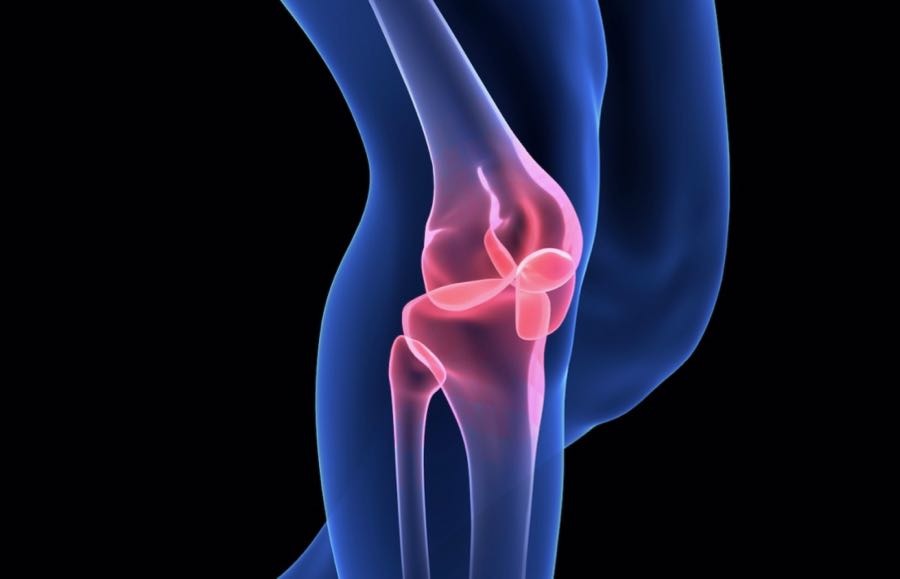
Pain in the knee can be attributed to a variety of conditions but the most common are Patello-Femoral Pain Syndrome and Iliotibial Band Friction Syndrome. Both scenarios are too complex to dive into here, but they can be self-treated and avoided in some cases. Here comes the wild oversimplification of PFPS: It is often caused by forces leveraging your leg hinges in unkind ways. That could be muscular imbalances, poorly adjusted cleats, bad bike fitment, even the wrong gearing choices. If you know an avid singlespeed mountain biker, you probably know someone with a working knowledge of PFPS. The bar stool diagnosis of ITBS says it is caused by similar factors. It is an overuse injury of the lateral tissues in the knee which can be made worse with poor bike fit and muscle imbalances.
If you know what you’re doing and have good foam roller skills, you can alleviate some IBFS discomfort by massaging the tissues in your knee. It also helps to bone up on your anti-inflammatory remedies, though OTC medicines come with their own set of problems. Flexing exercises and physical therapy can sometimes reduce pain.
Achilles Tendonitis
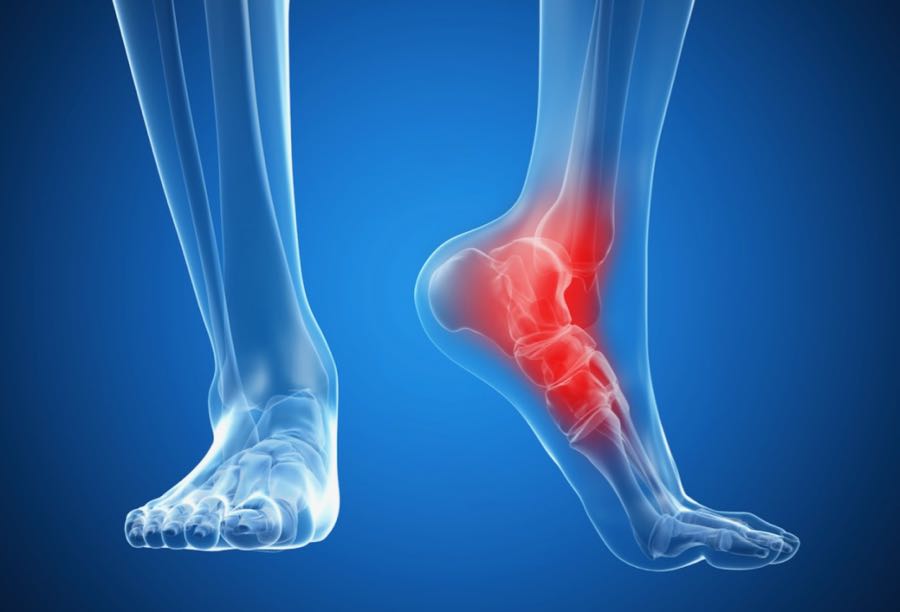
Within the same category is tendonitis of the achilles tendon. Sometimes caused by the same external bike-related issues as PFPS, it is chronic inflammation of the achilles tendon at the back of your heel. Caused by micro-tears, poor blood flow, or other factors, it is common to cycling and often overlooked when it should be addressed. Occasionally the result of poor cleat and saddle position, this type of continual pain is easily avoided if you know how to.
Hand and Wrist Pain
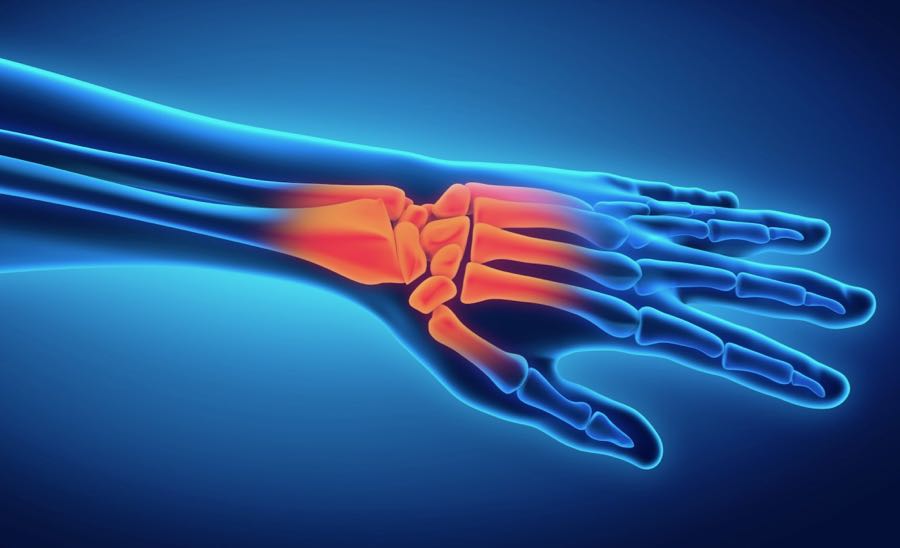
A comprehensive study done in South Africa in 2005 indicated that 92% of all riders during a multi-stage event reported some degree of hand numbness, pain, or weakness. Unlike many bike-related injuries which seem to afflict avid riders, ulnar nerve compression can shake the hand of a rookie on day one. If not treated it can create permanent injury. For the most part, it’s easily alleviated with better gloves and proper bike fit. Core strengthening exercises and an attention to hand positions on the bars can also reduce pressure and pain.
Wrist pain is becoming more common for all riders, and it has little to do with bikes. Many riders spend a considerable amount of their off-bike hours typing on a keyboard or engaged in other occupational tasks that don’t allow wrists and hands to recover from a ride. In many cases, the bike isn’t the issue, it’s just the place where pains cause the most distress.
Back and Neck
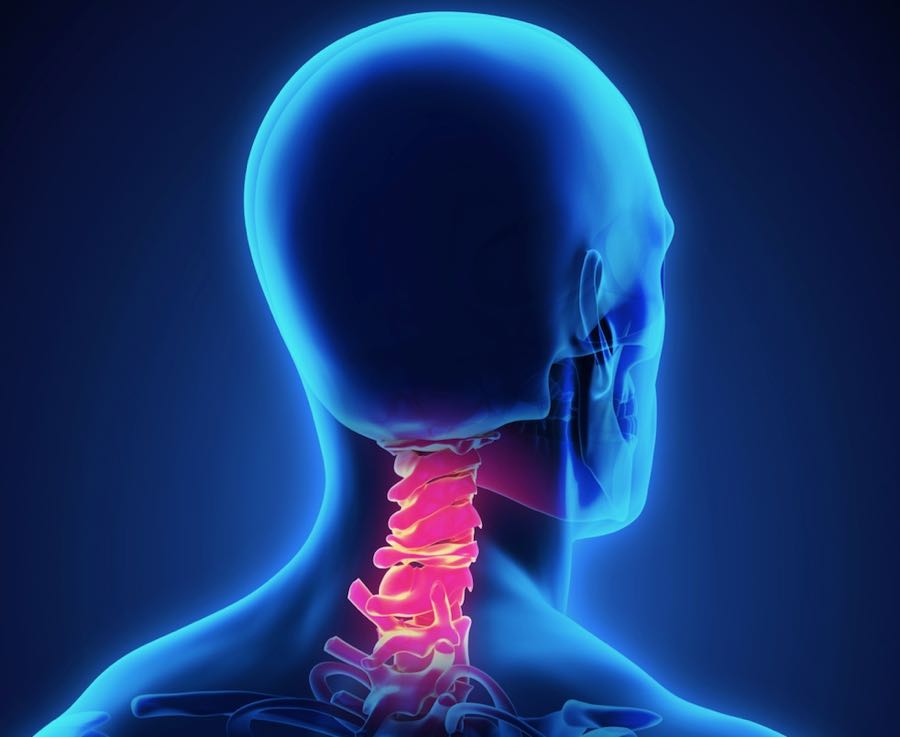
Neck pain is most commonly attributed to muscle strain caused by holding your head in an unnatural position. Eventually, riders develop the muscles needed to comfortably maintain that position, but discomfort can still persist. Once again bike fit can make a difference, as can strength-building routines. Most people with neck pain, even seasoned riders, levy their complaints in the early spring when they get back to logging long miles.
Back pain has similar causation and is typically the result of strained muscles due to improper positioning. If untreated, and why would you not, it can invite more severe issues like sciatica. The longest nerve in your body, the sciatic nerve is well known to cyclists. Given the hunched over position and the route the sciatic nerve passes through the lower back and buttock, it is a common source of pain for many riders. Even if your bike fits well, you may not avoid sciatica. The nerve’s proximity to piriformis muscles has been said to complicate the condition. And never underestimate the power of emotional stress. It too has been said to unnerve your biggest nerve.
How do you fix these common cycling injuries?
In most cases, chronic pains like these announce themselves with a whisper. If not properly addressed they become a deafening wail. At the first hint of discomfort make a change and seek a solution before you have to be prescribed a treatment. That pain—it’s talking to you.
This post is only an overview of the most common chronic cycling injuries. In future installments, we’ll tell you the most common ways to treat and prevent them. In the meantime, give your body the recovery it needs, make sure your bike fits properly, and grab some chamois cream!
